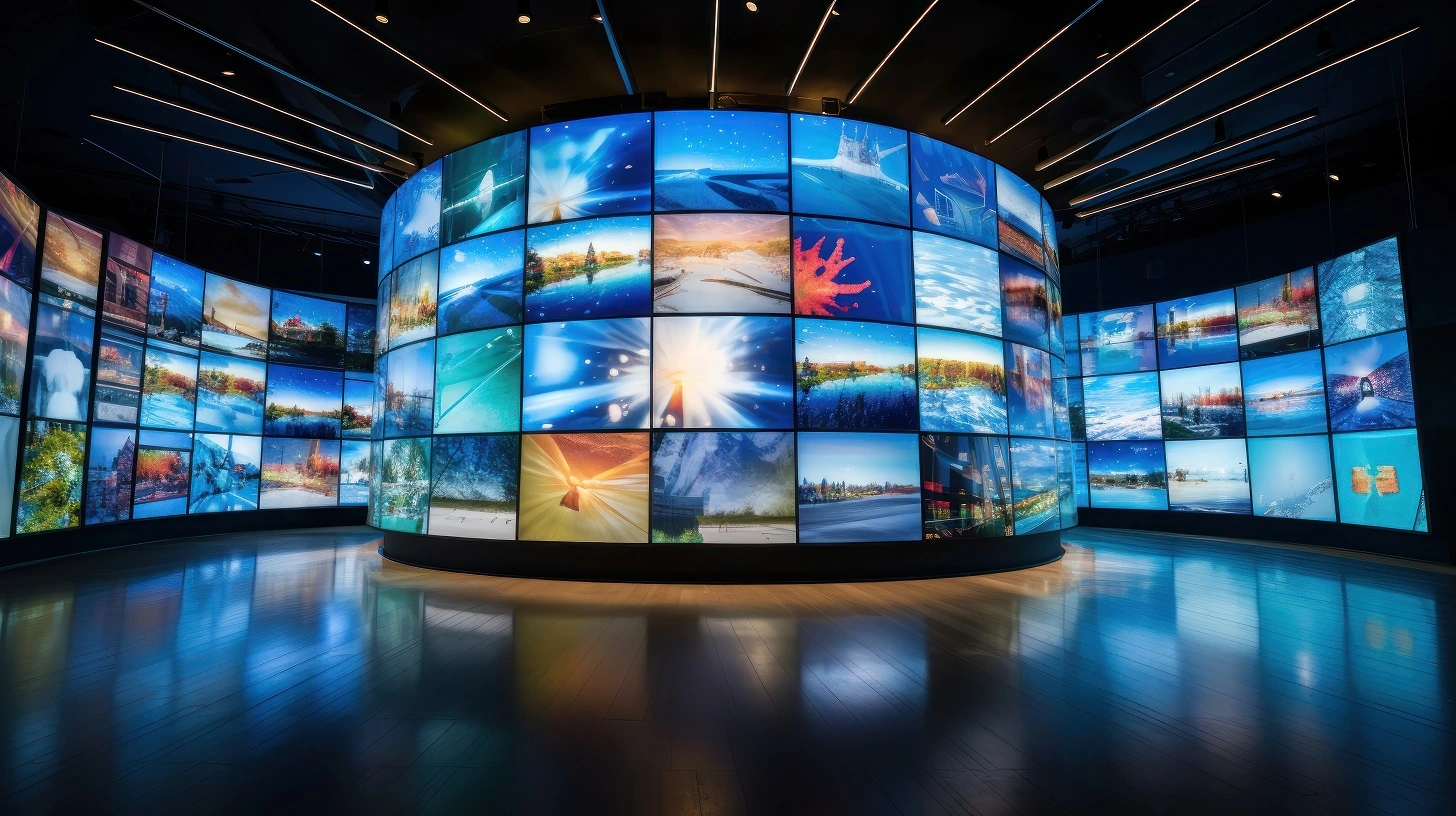Exploring the Effectiveness of Diverse LED Wall Adjustment Techniques for Ideal Visual Output
Wiki Article
Light Emitting Diode walls have grown increasingly favored in multiple settings, including theater venues, musical events, and corporate gatherings. These large displays provide vibrant hues and crisp visuals, making them perfect for visual presentations. However, to attain the best display performance, appropriate calibration of LED walls is crucial. Tuning refers to the method of modifying the display parameters to guarantee that hues, luminosity, and differentiation are accurate and consistent. Various tuning methods can considerably impact the total quality of the visual experience, making it important to investigate the efficacy of these approaches.
One common method for tuning Light Emitting Diode screens is manual tuning. This approach involves adjusting the parameters by manual means, often using specific instruments and software. Technicians typically analyze the display's hue precision and brightness levels, making modifications based on their observations. Manual tuning allows for a high degree of personalization, as technicians can tailor the settings to the specific setting and material being displayed. However, this method can be time-consuming and demands a skilled specialist to attain optimal outcomes. In spite of its difficulties, manual calibration can lead to remarkable visual performance when done properly.
Another common tuning technique is the use of automatic tuning. This method uses software and sensors to assess the display's performance and make modifications instantly. Automatic calibration can save hours and minimize the potential for human error, as the program can rapidly analyze the screen and implement the necessary modifications. This method is particularly useful in environments where the Light Emitting Diode screen is frequently used for different types of material, as it can adjust to various lighting conditions and material requirements. While automated tuning may not offer the same level of personalization as handheld calibration, it can still provide superb outcomes for many applications.

A third technique worth noting is the use of color calibration tools. These tools, such as color measurement devices and spectral analyzers, assess the hue results of the LED screen and help confirm that the hues shown are accurate. By employing these instruments, specialists can identify any inconsistencies in color representation and make the required modifications. This technique is especially important for applications where hue precision is essential, such as in visual design or video production. Color tuning instruments can improve the total display performance of LED walls, guaranteeing that the viewers sees the desired colors and details.
In conclusion, the efficacy of different Light Emitting Diode wall calibration techniques plays a vital role in achieving optimal visual quality. Manual tuning offers personalization but can be time-consuming, while automated tuning provides speed and uniformity. Additionally, hue tuning instruments help ensure correct color reproduction, which is essential for many applications. By comprehending and employing Read More Here these calibration techniques, technicians can improve the display experience for audiences, making LED screens an even effective tool for interaction and entertainment. As technology continues to progress, ongoing study and development in calibration techniques will probably lead to even better display quality in the future.